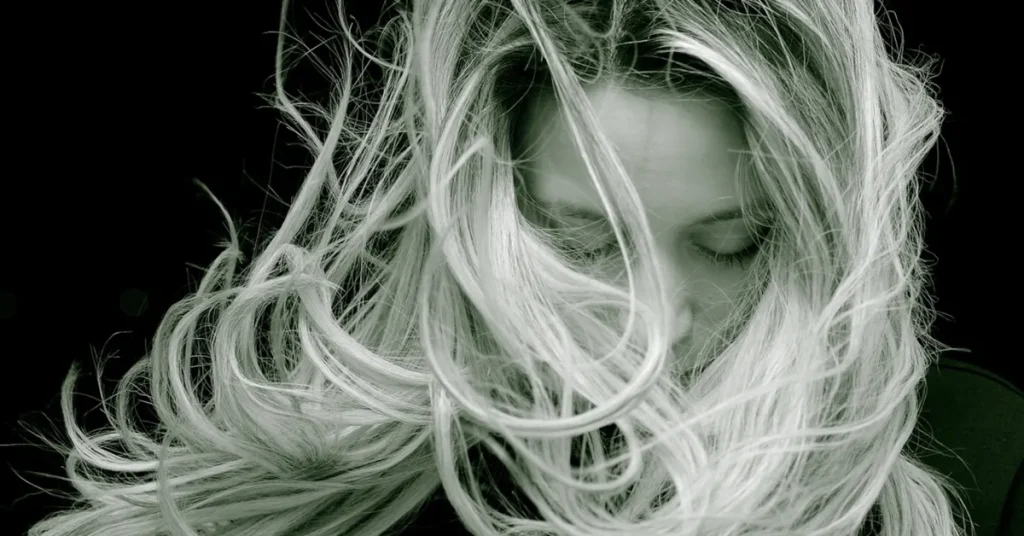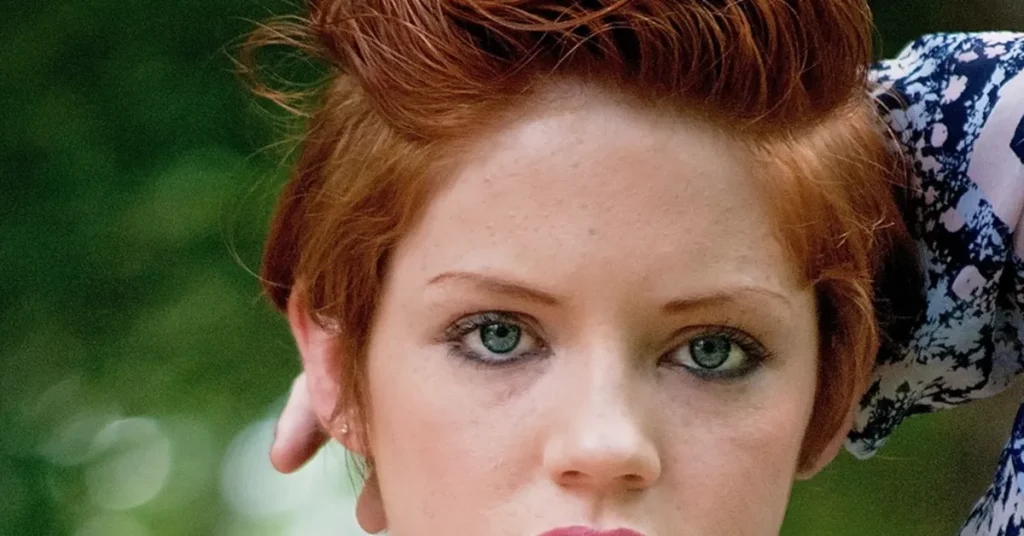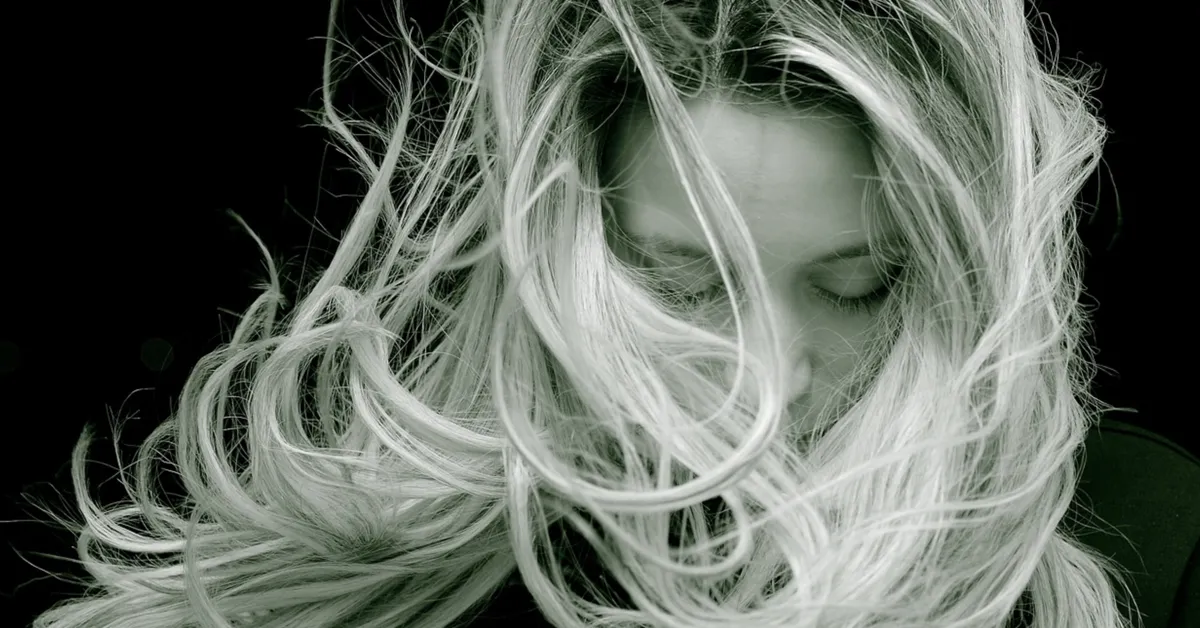Rest assured, returning to your natural hair color is now a much easier and less worrisome process.
Bleaching your hair can significantly alter your appearance, making it exciting at first. However, prolonged bleaching can damage your hair over time. That’s why the best approach is to let your bleached hair grow out naturally. It requires a strategic, step-by-step process, and the results will vary based on your hair type, bleaching history, and personal hair goals. Continue reading to discover how to grow out bleached hair without causing further damage.

The Popularity of Hair Bleaching
Iconic figures like Marilyn Monroe and Kurt Cobain have played a key role in popularizing hair bleaching, inspiring countless others to try it, often without fully understanding the process.
Hair bleaching involves lightening the strands, whether through highlights or full bleaching. Before committing to the process, it’s important to understand how bleaching works, its effects on your hair, and the chemicals involved.
During the bleaching process, an alkaline agent opens the hair cuticles, allowing an oxidative agent to penetrate and dissolve the natural melanin, or hair pigment (1).
The longer the bleach remains, the more melanin is removed, leaving the hair with reddish or yellowish tones initially. Over time, repeated bleaching can transform your hair into a striking platinum blonde.

However, bleach can have harmful effects on your hair, which we’ll explore below.
The Damage Bleach Can Cause
Bleach is a powerful chemical that alters the structure of hair proteins to change its color. This process weakens the hair, making it susceptible to frizz, dryness, dandruff, split ends, and breakage. While occasional bleaching may cause minimal damage, transitioning back to your natural color sooner is generally better for your hair’s health.
Bleaching also affects the porosity and elasticity of your hair, leading to uneven texture (1). The chemicals used to open the cuticles often leave them open, causing split ends and eventual hair loss.
The oxidative agent that penetrates the hair shaft to dissolve melanin also breaks down the natural fatty acids in your hair, weakening the cuticle. Prolonged bleaching makes it increasingly difficult to restore your natural color.
Now, let’s dive into how you can effectively grow out your bleached hair.
Steps for Growing Out Bleached Hair
The process of growing out bleached hair depends on factors such as your hair type, the specific bleach used, and the frequency of bleaching sessions.
- Embrace the Ombre Look
If you’ve only bleached select strands of your hair, transitioning back to your natural color can be relatively quick. You can allow the bleached strands to grow out into a stylish ombre effect, which is currently a popular look. Alternatively, consider adding lowlights in a shade closer to your natural hair color every 6 to 12 weeks to gradually diminish the highlights. - Follow a Step-by-Step Approach
Gradually return to your natural hue by coloring your bleached hair with a shade that closely matches your natural color (2). This method involves a patient, staged approach to blend your natural and bleached hair.
- Step 1: Separate Your Hair
Distinguish between the newly regrown natural hair and the bleached ends. As more natural hair grows in, you’ll need to treat the two sections differently. - Step 2: Select a Color for Natural Hair
Choose a hair color close to your natural shade for the regrowth. This two-tone approach helps blend the colors more smoothly. If your natural hair is dark, opt for a golden-brown or lighter hue to add warmth. - Step 3: Pick a Color for Bleached Hair
Since bleached hair often has an uneven texture, applying the same color all over can result in patchiness. To avoid this, select a hair color one shade darker than your regrowth color. - Step 4: Apply the Hair Color
First, use the regrowth color over the entire head, then apply the darker shade only to the bleached sections. This technique will help you achieve a more even look.





